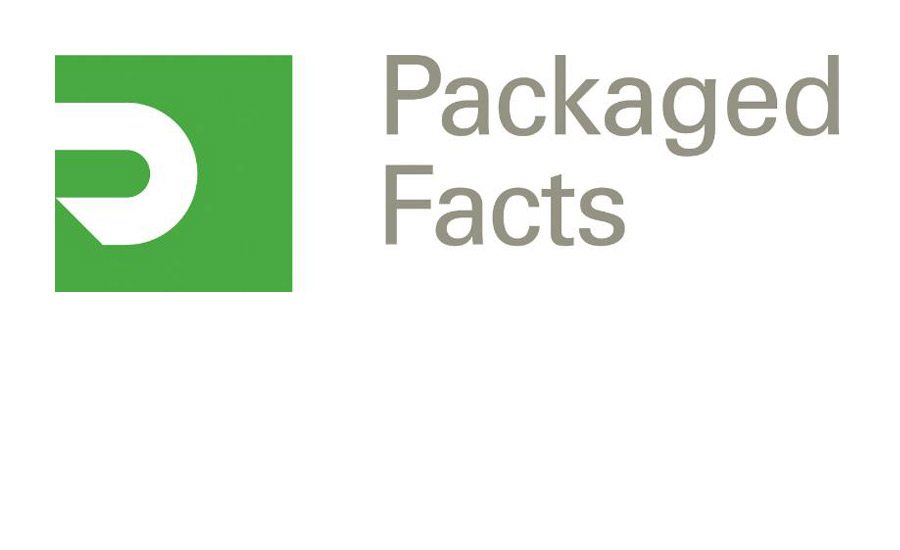There has been a sea change, with increasing numbers of consumers seeking more transparency from the food and beverage industry and shunning artificial ingredients. Eight-seven percent of Americans look at the Nutrition Facts panel on packaged foods and beverages at least sometimes, while more than half (56%) actively seek out nutritional information and guidelines, according to survey data published by market research firm Packaged Facts in the new report Nutritional Labeling and Clean Labels in the U.S.: Future of Food Retailing.
Likewise, two out of three consumers (67%) favor groceries with fewer and simpler ingredients, while roughly the same percentage take nutritional content statements, ingredient-free statements, and statements about health benefits into consideration when buying packaged foods and beverages. These consumers are becoming more vocal—through social media, focus groups, consumer surveys, and even petitions—about what they want and do not want in their food and beverages.
As consumers begin to look more closely at what goes into their food and beverages, the industry is reformulating and repositioning mainstream products and lines to have cleaner labels. Cognizant of what consumers want, major retailers are adding their weight to pushing food and beverage producers to make sweeping changes in their products. Many retailers have developed their own brands of clean-label products. Foodservice providers, too, are endeavoring for more transparency and cleaner ingredients statements. Major industry initiatives include eliminating artificial coloring and flavorings, replacing artificial preservatives with natural ones, reducing added sugars, switching to GMO-free ingredients, and reducing or eliminating routine antibiotics given to animals.
Indeed while the federal government mandates Nutrition Facts panels and ingredients labels on packaged foods and beverages, some marketers, retailers, and foodservice providers are ahead of the pack when it comes to labeling trends. These companies are acting proactively as they feel the winds of change—whether from potential government legislation, nutritional recommendations, or consumer demands—and are willing to overhaul their products and even their most iconic brands, notes David Sprinkle, research director for Packaged Facts. Recent examples of include:
- Kraft Foods Group announcing plans to remove artificial colors and preservatives from its flagship Original Macaroni & Cheese boxed dinner mixes beginning in January 2016.
- The Hershey Co. announcing that it will begin reformulating its products with simpler and easier-to-understand ingredients, following a three-prong strategy: simpler, more natural ingredients, transparency and ingredient information shared with consumers, and sourcing responsible and sustainable ingredients.
- Hershey’s announcement came a day after competitor Nestlé USA announced it would stop using artificial colors and flavors in all its chocolate candy products by the end of 2015.
- In late April, Tyson Foods, the country’s biggest poultry producer, promised that by September 2017, it expects to eliminate the use of giving its chickens antibiotics that are also used in human medicine. Tyson is a major chicken supplier to McDonald’s, which a month earlier announced that its 14,000 U.S. units will stop selling chicken raised with human antibiotics within the next two years.
